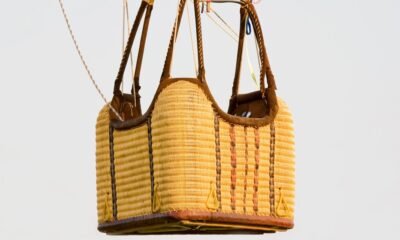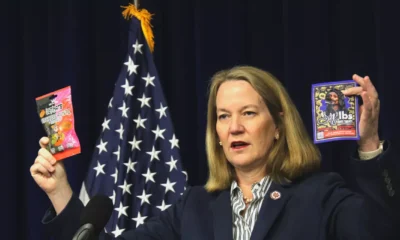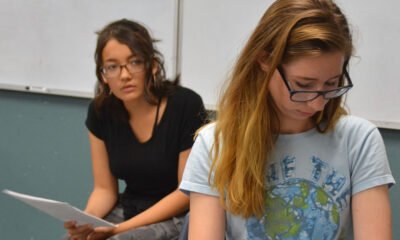All Indian Rodeo
Tribal Participation Plummets in Arizona’s State Fair Native American Rodeo After 2022

PHOENIX – The Arizona State Fair, tracing its origins to 1884, stands as one of the oldest traditions in Arizona. This year, it attracted over 1.4 million visitors and remains one of the largest fairs in the United States.
A significant highlight is the Native American Rodeo, drawing competitors and spectators from tribal nations nationwide. This event celebrates the rich cultural heritage of Indigenous peoples, yet there are ongoing concerns about their roles in various aspects of the rodeo.
Jerry Honeycutt of Honeycutt Rodeo Company, who has deep ties to the fair, emphasizes the need to revive lost Native cultural elements. “My grandpa, Walt Alsbaugh, was part of this rodeo in the ’40s. Our family has been here providing livestock since the late ’50s,” he shared, reflecting on the family legacy.
Although Honeycutt Rodeo handles all aspects of the Native American Rodeo, it is not an Indigenous-led organization. This raises questions about the absence of Indigenous representation in hosting the annual event.
In 2022, the rodeo received guidance from the Arizona Native American Rodeo Committee (AZNAR). However, that collaboration has since ended, and the reasons remain unclear. A bill introduced by Sen. Theresa Hatathlie in February 2023 aimed to create a committee of tribal members to enhance Indigenous involvement. Unfortunately, the bill did not progress in the Senate.
Traditionally, the rodeo featured various Indigenous performers, a vibrant hallmark that enriched the experience. However, with the cessation of the committee’s involvement, many of these cultural elements have diminished, as noted by Honeycutt.
The Arizona State Fair, along with AZNAR and Hatathlie, did not respond to media inquiries regarding this shift in engagement.
Historically, Indigenous rodeo pageantry has played a pivotal role, blending competition and culture. Contestants are not only judged on appearance and horsemanship but also on language and traditional knowledge, reflecting a holistic view of Indigenous identities.
Destinee Bigman, a participant from Phoenix, attested to the familial aspect of the rodeo, highlighting that it fosters unity among local families. She advocates for greater representation of Indigenous peoples in all rodeo aspects, noting, “It’d be nice for them to come out here, too.”
The rodeo encompasses eight events, from bareback riding to team roping. With a total prize pool of $16,000 for winners, it provides a competitive yet community-centric atmosphere, distinct from the professional rodeo circuit.
Competitors like Dennison Boone of the Navajo Nation appreciate the Native American Rodeo’s community ties as they prepare for larger events like the Indian National Finals Rodeo (INFR), held annually in Las Vegas.
Montana Barlow, also from the Navajo Nation, praised the fair’s organization and the long-standing commitment of the Honeycutt family to the rodeo’s success. This year’s event from October 4-5 showcased the vibrant rodeo culture inherent to Indigenous communities despite the absence of some traditional elements.
As the fair concludes, Honeycutt reflects, “It’s cool when everybody can come together for one purpose.” His hope is for continued unity in the rodeo space, fostering a community spirit regardless of background.


















